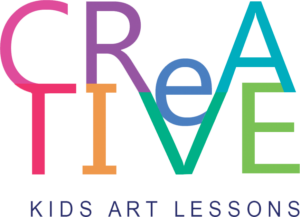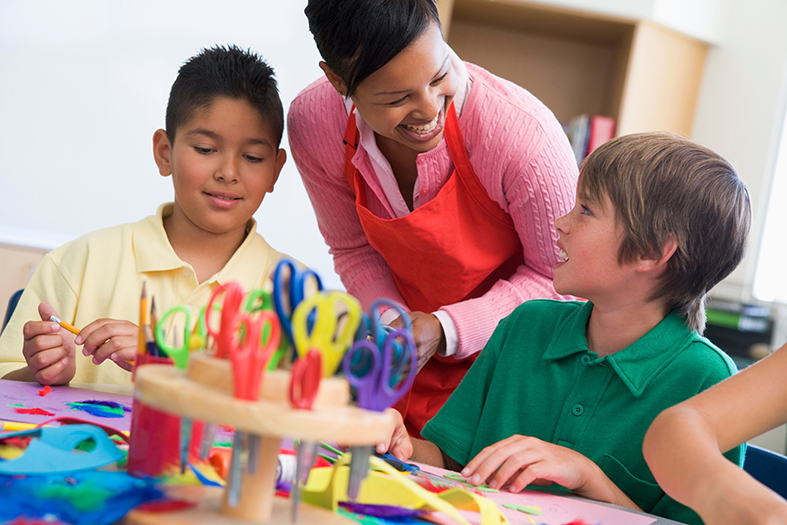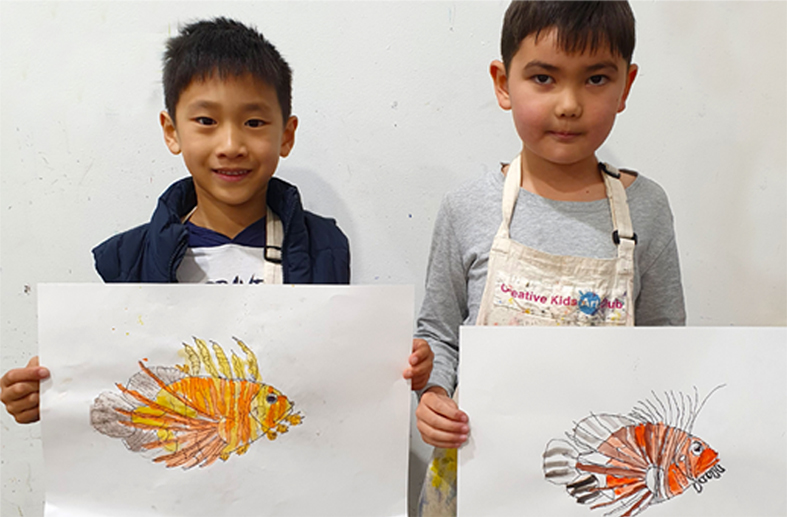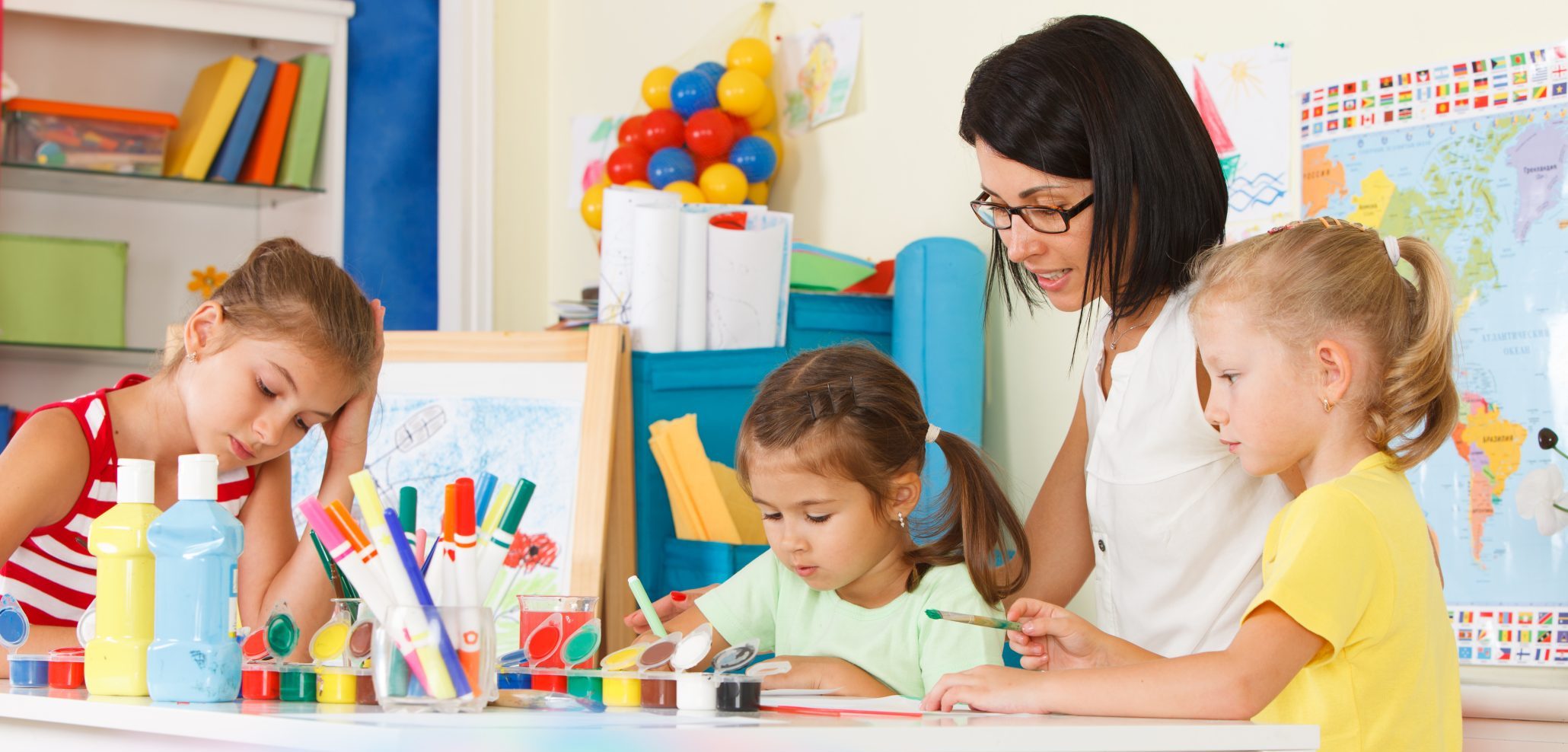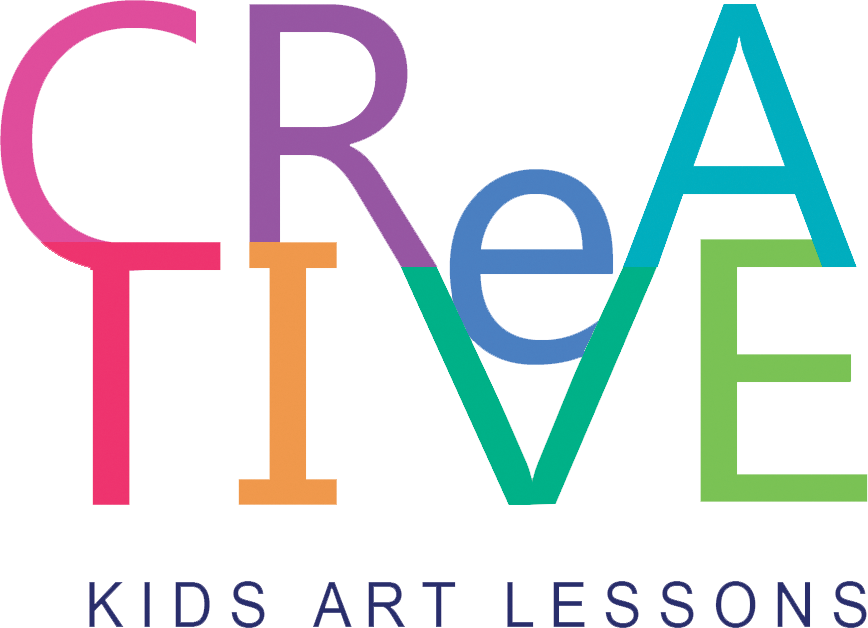The Art Room Budget
Work out what your total yearly budget is and then calculate how much you have to spend on supplies per child for the year.
In Australia, as a specialist art teacher for a primary school, budgets at the low end are around $4 per child. A good budget would be around $10 per child and $15 per child is a great budget to work with.
How much do I need in my budget?
Look at the cost of materials. There can be variations in the cost between different suppliers and you will also need to factor in the freight cost as part of your budget.
Can you order once a year or will you want to do several orders spread out across the 40 weeks of school? This can affect how you spend the budget. A once off freight cost for a full year order maybe something you can factor into the budget. There also may be a minimum order from some suppliers.
Compare the cost of basic supplies: One piece of A4 cartridge paper is 5c. One piece of A3 cartridge paper is 8c when ordering a pack of 500, 110 gsm cartridge. (Prices at October 2024). A litre of Global paint is around $18. A set of tempera paint discs and tray is around $17 for warm, cool or earth colours. They last a long time and have vibrant colours.
Once a year order
You can plan and order everything you need for the full year. If you already have some art supplies, do an inventory of what is in the storeroom, so you are not ordering what you already have. Using the materials you have is cost effective. Everyone loves to use new art supplies, but old watercolour paints or tempera discs can be used till there is nothing left. Prioritise basic items such as paper, paint, brushes, palettes, pencils, permanent markers, erasers and scissors. If you have all the basics look at extra supplies such as paint sticks, paint pens, stencils, printmaking supplies and clay.
Prioritise what you need as opposed to what you want. Invest in quality materials that will last and produce good results rather than cheaper supplies. You can also save up for bigger items such as a kiln or printing press. Plan for these by setting aside a portion of your funding over time, if there is room in the budget to do this.

How to increase your budget
Whining about having a small art budget isn’t going to help increase it. Use figures, cost of supplies, and the numbers of children you need to cater for so the bursar or principal can see what you need to run a successful art program.
For example, with a $4 budget per child, 2 projects on A3 paper per term will cost you 48c per child, each piece of A3 paper is 6 cents. A 5kg block of air-dry clay is $48 which would give one class a small clay project to do for the year at $1.78 per child. Your budget isn’t going to go far when you factor in paint, brushes pencils and paint pens etc.
How to Make the Art Budget go Further
If you are the art specialist teacher for a school, ask each class to add an item to their class booklist that will go to the art room. Make these common items that can be bought with stationery supplies.
For example:
Kinder could provide a glue stick
year 1 a black permanent marker
year 2 an eraser
year 3 a pair of scissors
year 4 a 2B pencil
year 5 a small bottle of PVA glue
and Year 6 a 4B or 6B pencil
At the end of each school year, ask classroom teachers to donate any unwanted supplies they have left such as pencils, erasers, textas, sharpeners etc. This will help provide some stock for the art room for the following year.
Contact your art suppliers directly and ask for their best discount and free shipping. Think about when you buy your supplies, glue sticks are on sale for back to school and you can save up to 30% or more on the purchase price. Also, art supply stores have generous back to school discounts that are often available for months.
Parents and Friends or P&C
Most schools have a parents and friends committee or a P&C. Apply for some additional financial assistance to increase your budget. Explain exactly what the additional funds will be used for and how it will benefit ALL the students in the school as this will help secure additional funding.
If your school has an art show or exhibition, ask parents and the local community for donations to go towards creating displays or class artworks.
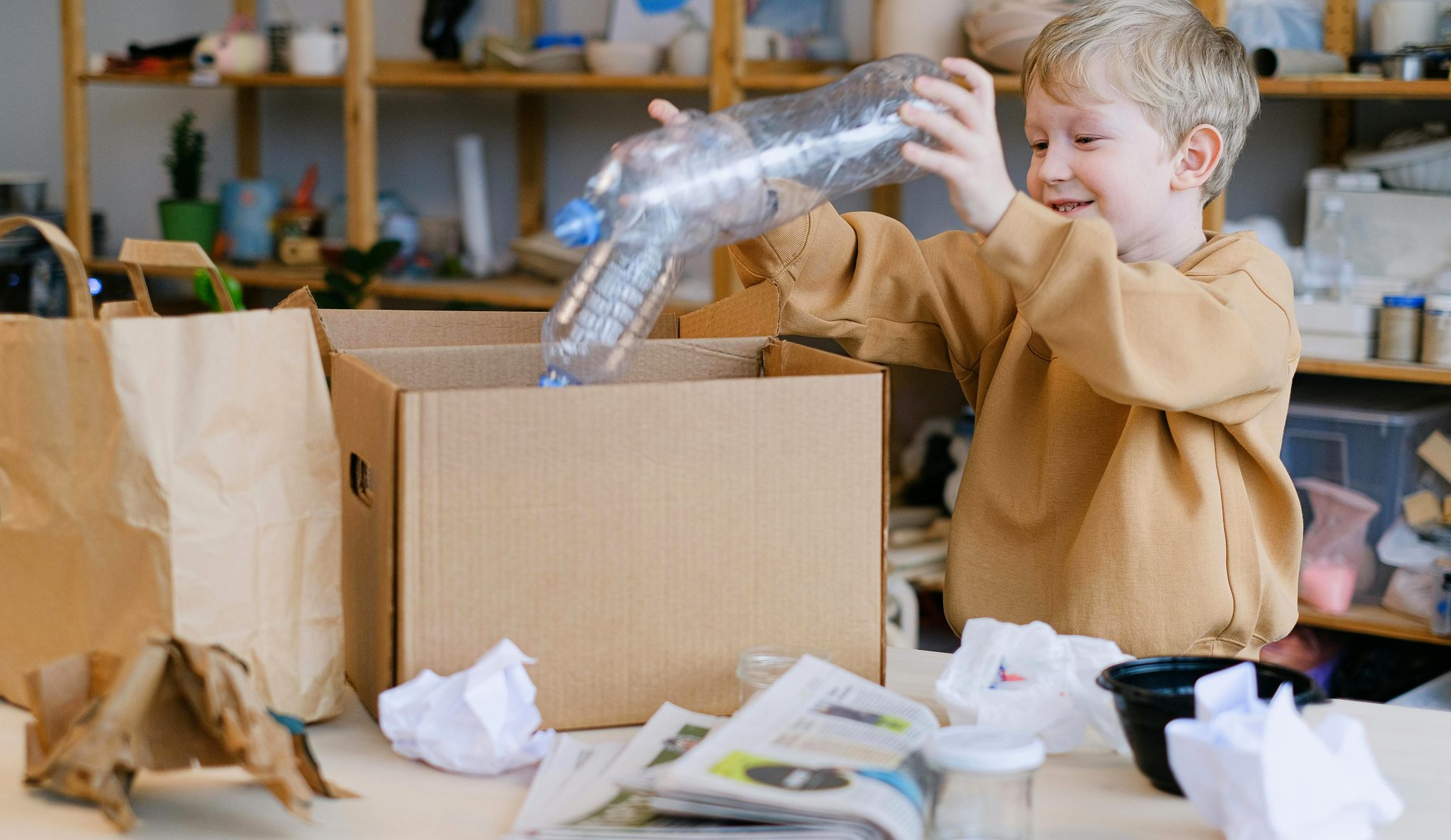
Reducing the cost of supplies
Reduce the cost of art materials by using recycled materials, such as scrap cardboard from packaging. Also ask the community for donations such as pony beads, wool, plastic lids, felt pieces and cotton and thread. Recycled containers like plastic milk bottles can be used for art projects such as heads for sculptures.
Find out about your local recycling centre – some have a low yearly membership that allows you to access free surplus materials from businesses, all year round. You’ll just need to be creative with what you find!
Chat to the school library or your local community paper for newspapers and magazine donations. Create a recycling donation centre for these items in your room Check with a local framing shop or printers for mat board and paper scraps.
Collaborate with nearby schools or colleagues
For example, if you want to use kiln fire clay and you do not have a kiln at your school, you could contact other nearby schools and work with their teacher to gain access to their kiln to fire your clay projects. Share equipment or resources such as brayers, print making equipment, lino cutting tools, jewellery making tools, and supplies such as textiles/yarn or donated recycled materials, approval may be needed from your principal.
Ask local businesses to sponsor end of year awards or prizes
If you use a portion of your budget for prizes and or end of year awards, ask local businesses to sponsor these by donating gift cards, art books or similar. The sponsor could gain exposure by being thanked when presenting the award to the recipient and being mentioned in the school’s newsletter.
In conclusion, if you have a small budget, it may take some time and persistence to build it up.
- Bigger Purchases: If you have larger expenses, plan for these by setting aside a portion of the art budget over time.
- Seek Additional Funding: Look for P&C contributions, local government grants and competitions to supplement your budget.
- Review: At the end of each budget period, evaluate what worked and what didn’t. Use this insight to improve future budgeting.
By following these steps, you can create a sustainable art budget that supports your creative endeavours in the art room.
Further Information:
Our blog post on ‘How to be Environmentally Friendly in the Art Room’ also has some ideas for using recycled materials see more information here: www.creativekidsartlessons.com/how-to-be-environmentally-friendly-in-the-art-room
See our blog post on drawing supplies to use and where to buy them in Australia www.creativekidsartlessons.com/drawing-materials-what-to-use-and-where-to-buy/
There is also a blog post on painting supplies we use and why. See www.creativekidsartlessons.com/painting-supplies-for-the-art-room
Latest Articles
Popular kids art lessons for teachers and ideas for the artroom
Sometimes Engaging upper primary boys in art class can be […]
The M+E Art Curriculum – Me and Environment As educators, one of […]
The Art Room Budget Work out what your total yearly […]
